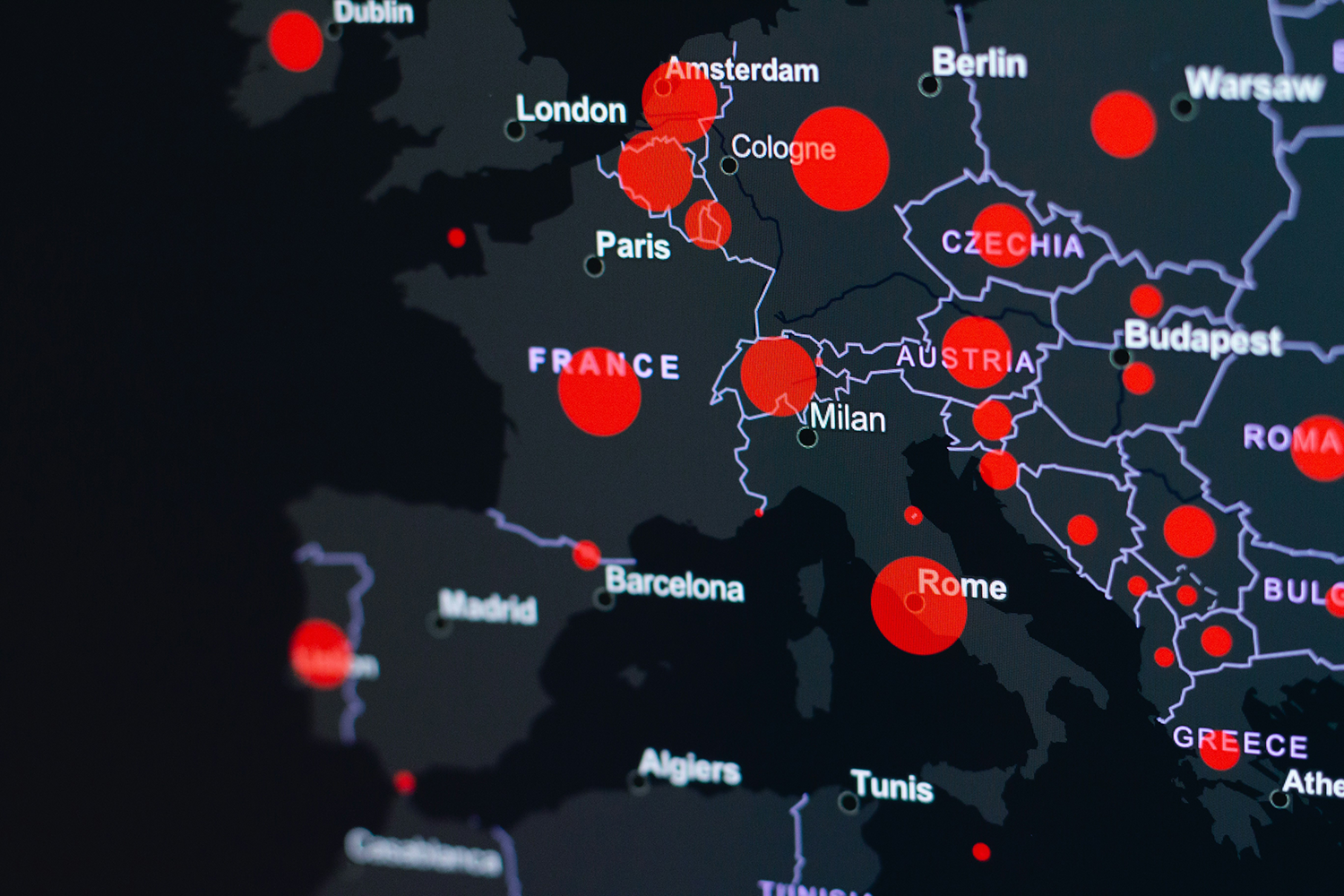Are there Interreg cooperation hubs in Europe?
For more than thirty years, Interreg has been enabling regions to work with each other across borders. Some have been cooperating more intensely than others. What makes them special and how can we see the effects of cooperation in the long run? We will be exploring these questions in a series of articles.
Interreg first appeared on the European scene in 1989. However, it wasn’t until a few years later that a tool emerged to systematically collect data on all Interreg projects and partners: Keep.eu. The earliest dataset available in Keep.eu dates back to the 2000-2006 period. This data, systematically collected for nearly 25 years, contains trends that we will be exploring in this and the coming articles. We have queried the keep.eu database to measure the intensity of Interreg cooperation displayed by all the 242 European Union NUTS2 regions.
Measuring the intensity of cooperation
What would an Interreg cooperation hub look like? In this series, we will consider as Interreg cooperation hubs the regions that have been participating in more Interreg projects over the years. The more projects the organisations of a given region take part in, the more project partners from other regions they need to cooperate with, and the more their region moves to connect many different networks whose touching points might otherwise not even exist or exist elsewhere.
Fifteen Interreg cooperation hubs
Based on the number of projects between 2000 and 2020, we have identified fifteen major Interreg cooperation hubs from all corners of Europe. Among the top five, four are regions or states bordering the Baltic Sea. Latvia appears on top of the list, with Latvian organisations taking part in 1 110 projects, or 4.1% of all projects featured in Keep.eu.
The second largest Interreg cooperation hub that emerges from this search is Central and Western Lithuania, whose organisations contributed to 1 101 projects, or 4.1%, followed by Southwest Czechia (1 075 projects, or 4%) and Estonia (1 040 projects, or 3.9%). Closing the top five is Northern and Eastern Finland, with 1 037 projects.
The table contains the regions identified as Interreg cooperation hubs. In the coming articles of this series, we will look at commonalities among these regions and interesting facts about them.
Fifteen major Interreg hubs, by number of projects (2000-2023)
| NUTS2 region | No. of projects | % of all projects |
| Latvia | 1 110 | 4.1 |
| Central and Western Lithuania | 1 101 | 4.1 |
| Southwest Czechia | 1 075 | 4.0 |
| Estonia | 1 040 | 3.9 |
| Northern and Eastern Finland | 1 037 | 3.9 |
| Western Slovenia | 1 023 | 3.8 |
| Provence-Alpes-Côte d’Azur, France | 822 | 3.1 |
| Piemonte, Italy | 754 | 2.8 |
| Nord-Pas de Calais, France | 735 | 2.7 |
| Catalonia, Spain | 730 | 2.7 |
| Veneto, Italy | 723 | 2.7 |
| Southern Great Plains, Hungary | 719 | 2.7 |
| Friuli-Venezia Giulia, Italy | 719 | 2.7 |
| Southwest Bulgaria | 710 | 2.7 |
| Vienna, Austria | 688 | 2.6 |
Data from Keep.eu on 9/04/2024


